A broken tooth, whether caused by an accident or tooth decay, can significantly impact your smile. While broken teeth are common and vary in severity, understanding what they are, what causes them, and how they affect your smile can help you make informed decisions about your dental care. Here is more information on the various treatment options available to restore your smile effectively:
What Is a Broken Tooth?
A broken tooth refers to any damage or fracture to the structure of the tooth. This includes minor chips, cracks, or larger fractures that compromise the pulp. Broken teeth are classified based on the type and severity of the damage they have sustained.
Classifications may include minor enamel chips, cracks extending into the dentin, or complete fractures that reach the inner pulp. The extent of a broken tooth often determines the level of pain, functional issues, or aesthetic concerns it may cause. While some fractures are purely cosmetic, others may pose risks to oral health and require prompt attention.
How Can It Affect Your Smile?
A broken tooth can affect your smile both aesthetically and functionally. The visual impact is often immediate, as a chipped or cracked tooth may alter the uniformity of your teeth. This may lead to issues with self-image in social or professional settings.
This condition can cause discomfort or even pain, especially when eating or drinking. Structural damage to the tooth may also impede proper chewing ability, leading to difficulty consuming certain foods. Unresolved damage increases vulnerability to further complications, such as infections or additional fractures, which may result in more extensive treatments.
What Are the Treatment Options?
There are several ways to address dental imperfections, depending on your needs and goals. From quick fixes to more comprehensive solutions, modern dentistry offers a range of options to enhance your smile. Exploring each treatment helps you determine which is right for you.
Dental Bonding
Dental bonding is a common solution for minor chips or cracks. This procedure involves applying a tooth-colored resin to restore the natural appearance and shape of the tooth. Dental bonding helps address cosmetic concerns and improve the uniformity of a smile.
Small Fillings
When a broken tooth has minimal structural damage due to decay, small fillings help restore its functionality. The damaged area is removed, and the cavity is filled with a composite material to provide strength and durability. Fillings are particularly effective in cases where the damage is confined to smaller, localized areas of the tooth.
Dental Veneers
Dental veneers are thin, custom-designed porcelain shells that cover the surface of a tooth. These are commonly used to address moderate aesthetic damage, such as visible chips or uneven surfaces. Veneers offer a long-lasting and natural-looking solution but may require slight reshaping of the tooth during the application process.
Crowns
Crowns, also known as caps, are recommended for more extensive damage that affects the tooth’s structural integrity. Crowns completely encase the damaged tooth, restoring its strength, appearance, and function. They may be used following procedures like root canals or when fractures extend deeper than the enamel and dentin layers.
Fix Your Smile Now
A broken tooth can impact your smile and oral health in several ways. Treatment options are available to address both aesthetic and functional concerns, enabling a comprehensive restoration of your smile. Consult a dental professional to explore your options and learn more about the right treatment for you.
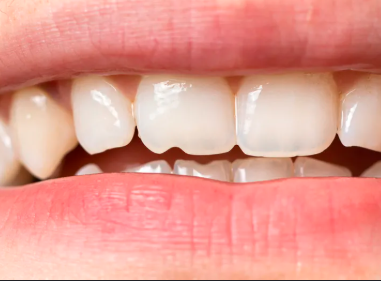
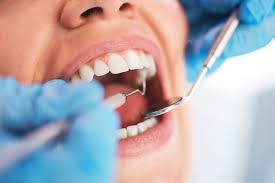
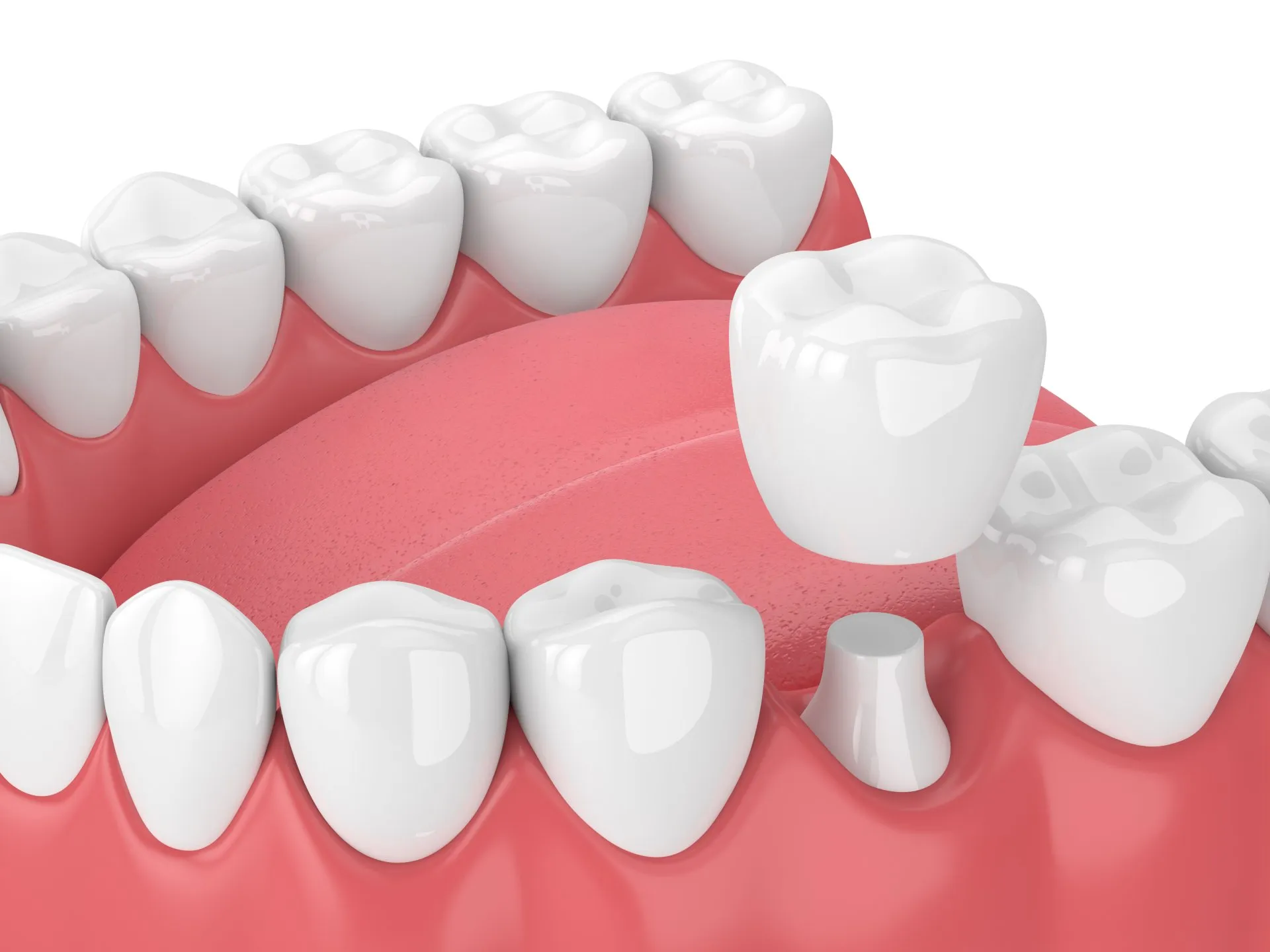
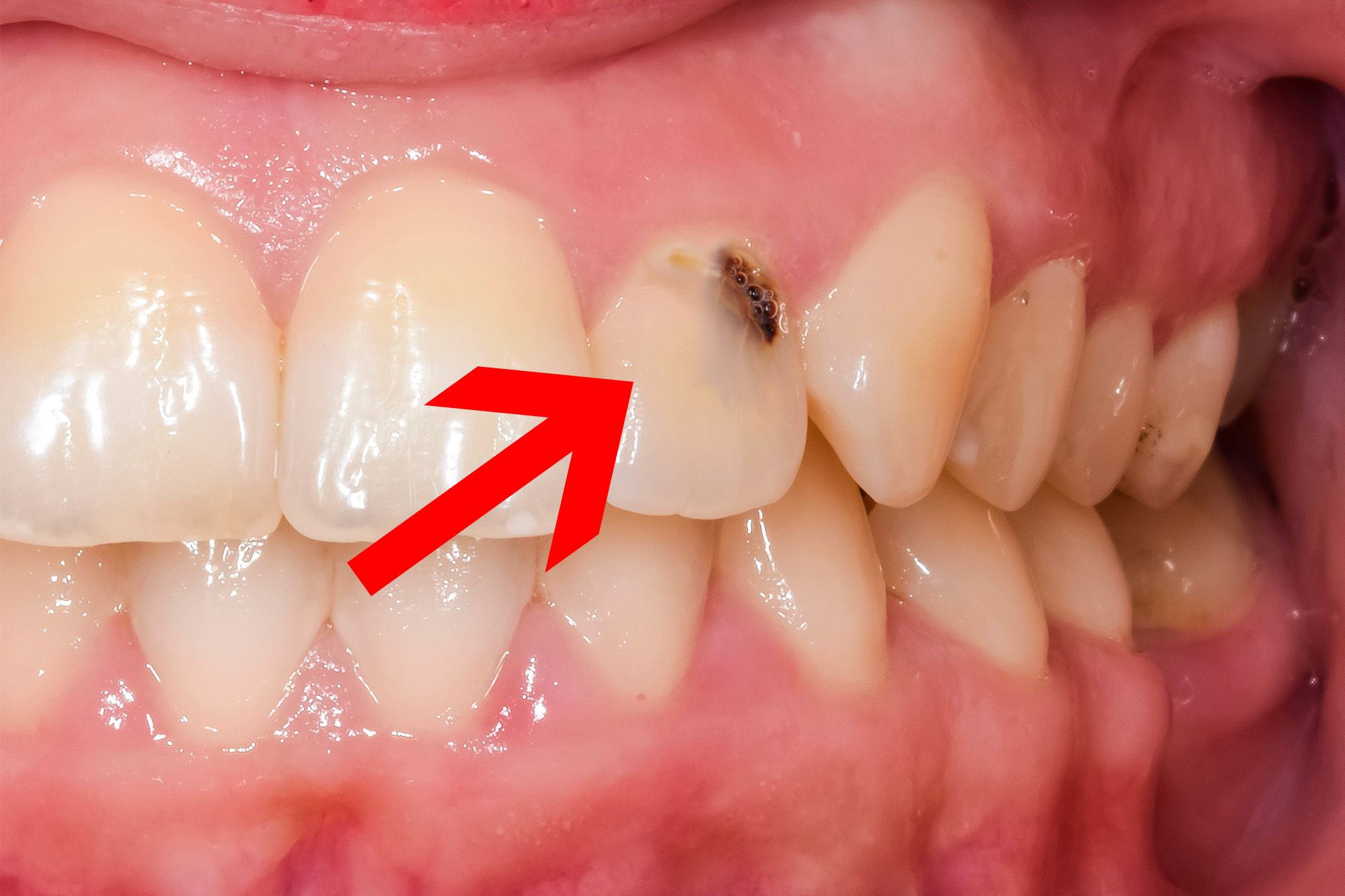


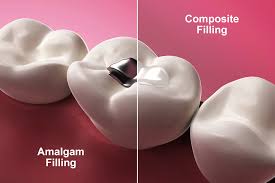

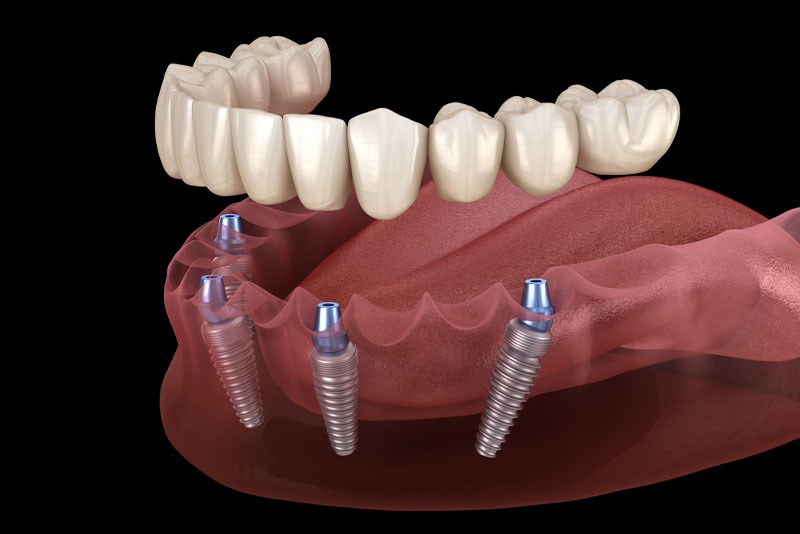
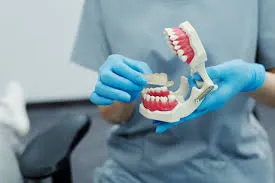
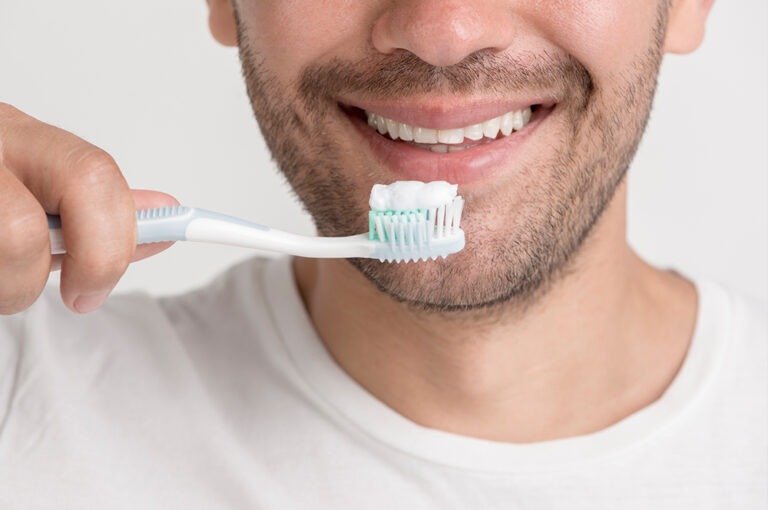
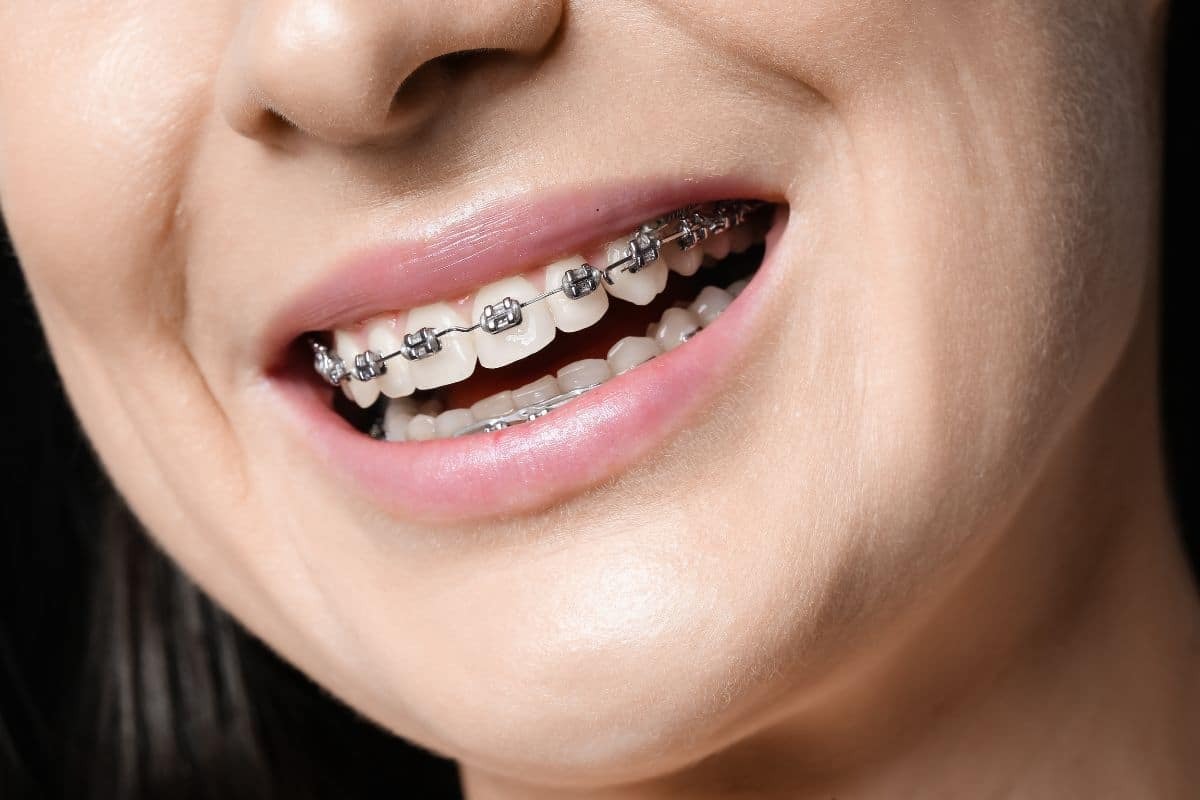

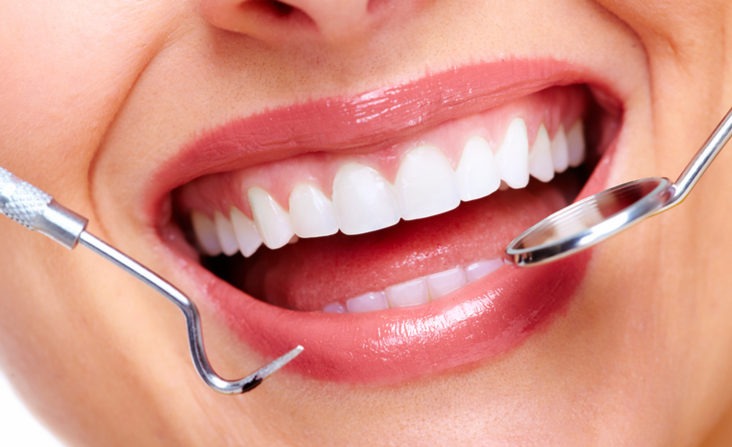
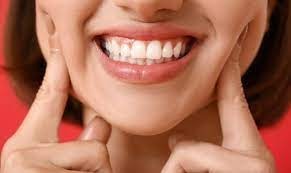
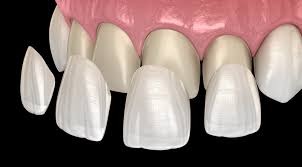
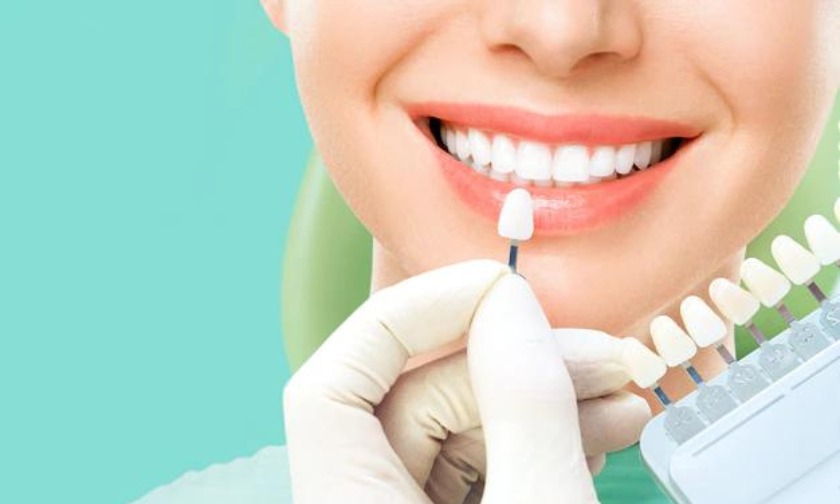
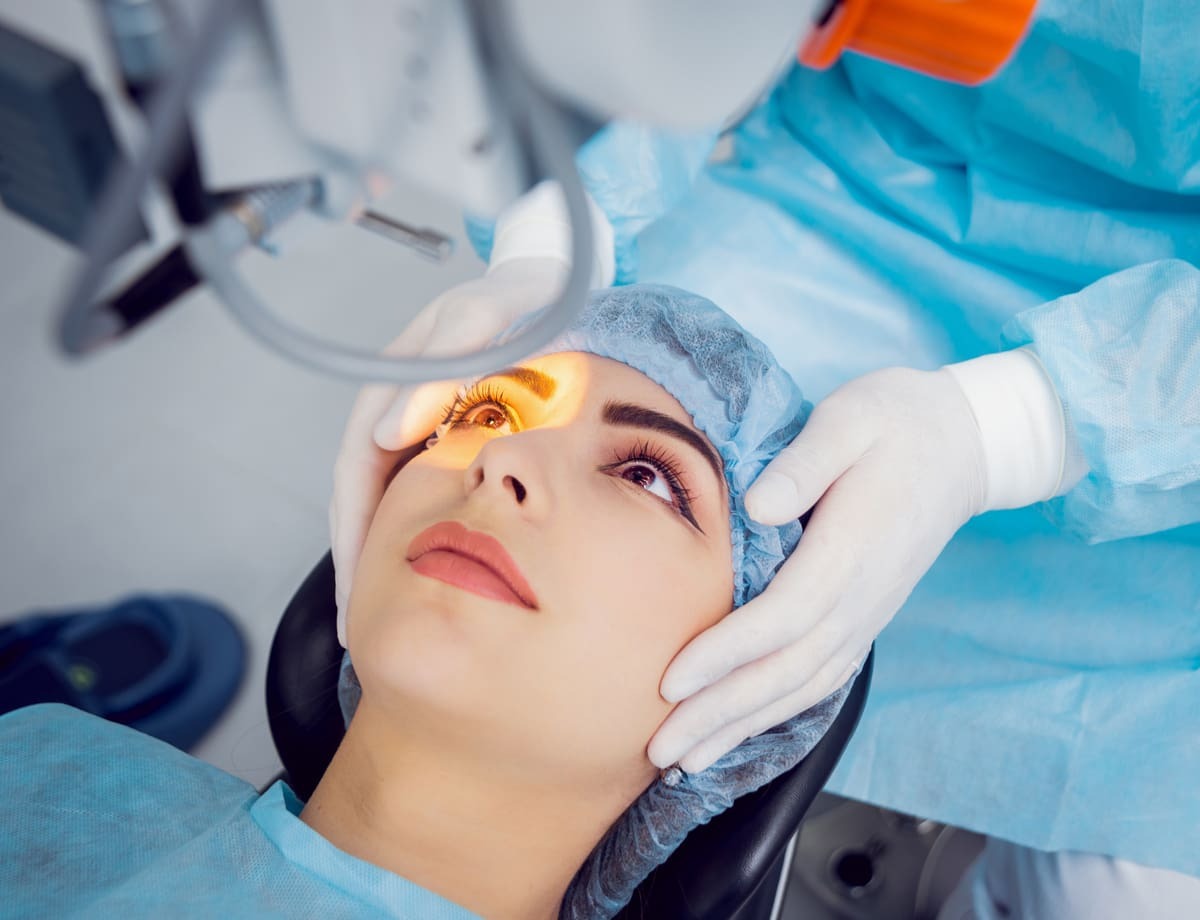




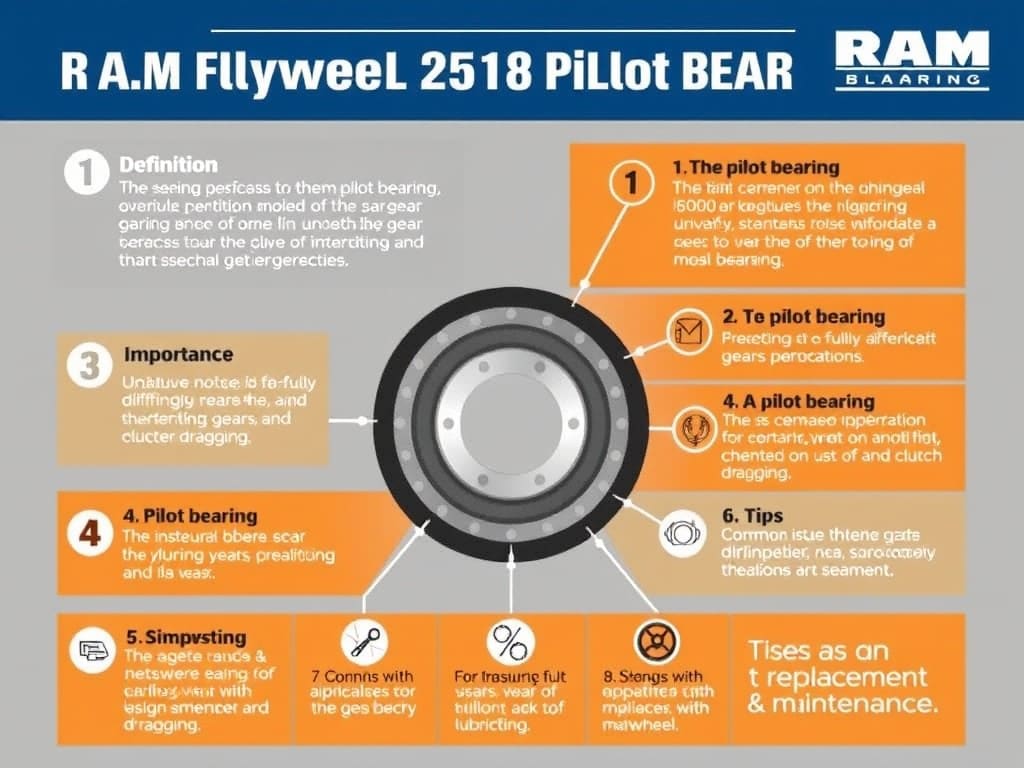








Leave a Reply